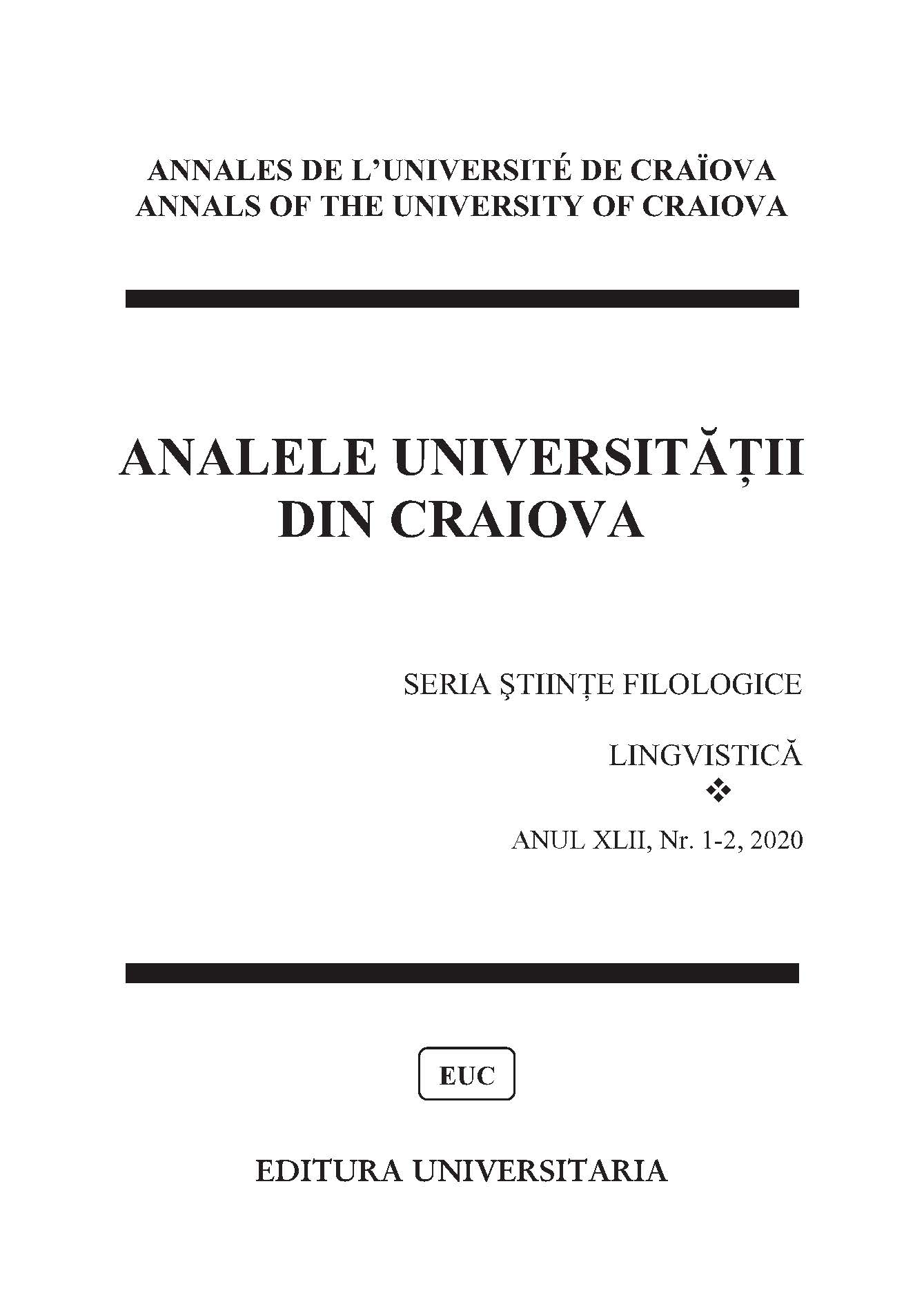Note sull’insegnamento del passato remoto regolare dei verbi uscenti in -ere: analisi dei materiali didattici
Notes on Teaching the Regular Preterite of Verbs Ending in -ere: an Analysis of Teaching Materials
Author(s): Daniel SłapekSubject(s): Language and Literature Studies, Foreign languages learning, Theoretical Linguistics, Morphology
Published by: Editura Universitaria Craiova
Keywords: passato remoto; Italian grammar; teaching Italian as a foreign language;
Summary/Abstract: The two series of endings -ei, -é, -erono and -etti, -ette, -ettero, i.e. inflectional morphemes of the second regular conjugation of the Italian preterite (passato remoto, PR), are usually presented as equivalent, often without any comment, especially in teaching materials dedicated to foreign language learners. However, this presented equivalence does not correspond to the actual use of the verbal forms in contemporary Italian, where the “long” endings, e.g., dovetti, are preferred (with the exception of verbs ending in -tere, like potere: potei, but not -stere, like assistere: assistetti). With this article, then, I intend to examine how the regular second conjugation of the PR is presented in Italian grammar books for foreign language learners; syllabi for teaching Italian; language textbooks; as well as conjugation tables and dictionaries of Italian verbs. I believe that the results of this research will contribute to the improvement of teaching materials for Italian grammar with regards to the inflection of the PR.
Journal: Analele Universităţii din Craiova. Seria Ştiinţe Filologice. Lingvistică
- Issue Year: 2020
- Issue No: 1-2
- Page Range: 160-174
- Page Count: 15
- Language: Italian

